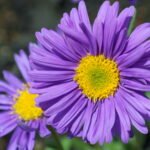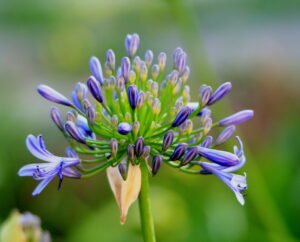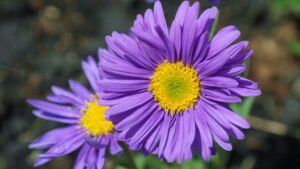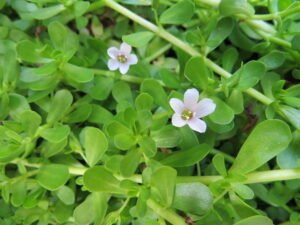Arborvitae: How To Plant and Care For Arborvitae

Arborvitae, also known as Thuja, is a popular evergreen coniferous tree that is loved for its dense foliage and graceful appearance. Arborvitae plant’s elegant foliage, compact size, and ability to thrive in various climates make it a favorite among homeowners and garden enthusiasts. Whether you’re looking to add privacy to your garden or enhance the beauty of your landscape, the Arborvitae plant is a fantastic choice. In this article, we will provide you with all the information you need to successfully plant and care for Arborvitae.
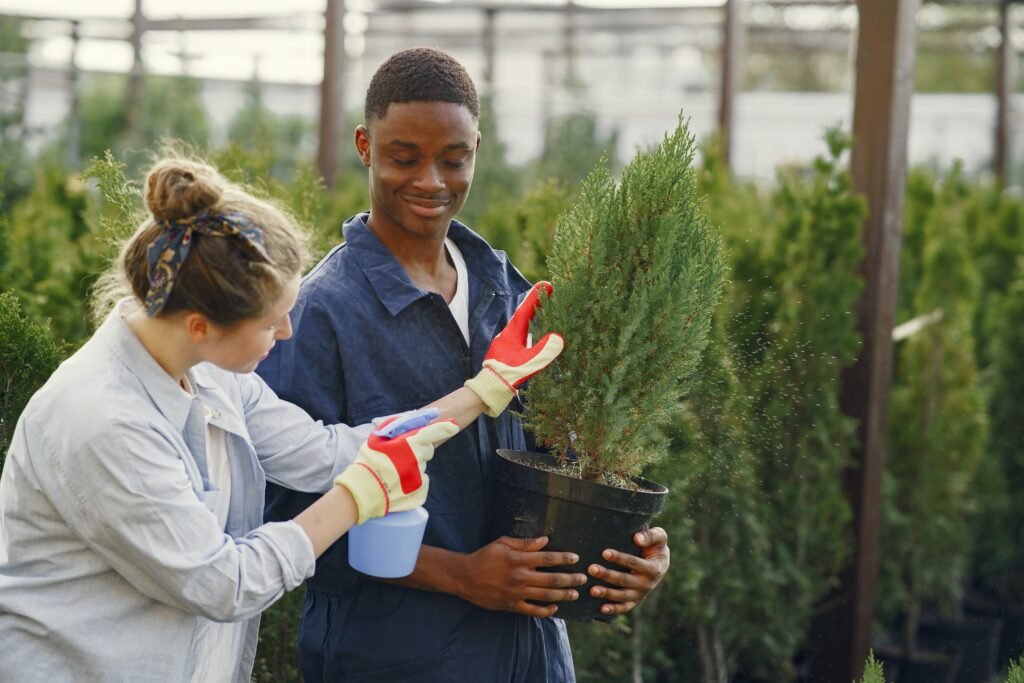
Arborvitae is also known as Thuja, Northern White-Cedar and Eastern White-Cedar. Arborvitae is an evergreen plant in Cupressaceae family (cypress family) of plants. It is a native tree of Eastern North America and it is grown as ornamental plant in various countries across the world.
Some Interesting Facts About Arborvitae
Arborvitae have a life span of 50 to 150 years. An Arborvitae tree in Canada’s Ontario has lived over 1,600 years. Mature arborvitae can reach 15-30 feet in height. It is narrow pyramidal in shape.
Native Americans used the Arborvitae foliage to treat scurvy and other diseases and it was used as a medicinal plant. In fact it was one of the first plant that reached Europe from America due to its popular medicinal properties. Arborvitae is a Latin word that translates as “The Tree Of Life” in English. It was named so due to it’s medicinal properties.
Arborvitae tree leaves releases a pleasant aroma when they are squeezed.
Some Commonly Asked Questions About Arborvitae
how fast do arborvitae grow?
Arborvitae tree have slow to medium growth rate. It grows 12″ to 24″ per year. Arborvitae requires very low maintenance and will grow on it’s own with very little care until there is extreme summer drought condition. Though regular care will help the Arborvitae plant to reach its full potential. Essential care tips of Arborvitae tree are explained further in this blog.
How far apart to plant arborvitae?
Arborvitae trees should be planted at the width of 6-8 feet. That much space is required for healthy growth of thuja plant. You can prune and give it desired shape in that space. Arborvitae should be planted at least 20 feet away from the buildings and other structures.
Does arborvitae likes Sun or Shade?
Arborvitae prefers full sunlight to grow healthy, though it can tolerate can some partial shade. For optimum growth Arborvitae tree needs 6-8 hours of direct sunlight per day.
Choosing the Right Variety Of Arborvitae
It is important to choose the right variety of Arborvitae. Below are listed some popular varieties of Arborvitae.
1. Emerald Green Arborvitae
The Emerald Green Arborvitae, also known as Thuja occidentalis ‘Smaragd,’ is a compact and narrow variety that is highly sought after for its vibrant green foliage. It grows in a pyramidal shape and reaches a height of about 10-15 feet with a spread of 3-4 feet. This variety is perfect for creating privacy hedges, as it has a dense growth habit and requires minimal pruning.
2. Green Giant Arborvitae
The Green Giant Arborvitae, scientifically known as Thuja plicata ‘Green Giant,’ is a fast-growing variety that can reach impressive heights of up to 60 feet. It has a conical shape with dense, dark green foliage that provides excellent privacy screening. This variety is known for its adaptability to various soil types and resistance to diseases and pests.
3. Techny Arborvitae
The Techny Arborvitae, or Thuja occidentalis ‘Techny,’ is a hardy and low-maintenance variety that is perfect for creating windbreaks or privacy screens. It has a dense growth habit and can reach a height of 10-15 feet with a spread of 6-8 feet. The Techny Arborvitae is known for its ability to withstand harsh winter conditions and maintain its vibrant green color throughout the year.
4. Rheingold Arborvitae
The Rheingold Arborvitae, scientifically known as Thuja occidentalis ‘Rheingold,’ is a compact and slow-growing variety that is prized for its stunning golden foliage. It typically grows to a height of 3-4 feet with a spread of 2-3 feet. This variety is often used as a focal point in gardens or as a colorful addition to rock gardens and border plantings.
5. Fire Chief Arborvitae
The Fire Chief Arborvitae, also known as Thuja occidentalis ‘Congabe,’ is a unique variety that stands out with its vibrant red foliage. It has a compact and upright growth habit, reaching a height of 10-15 feet with a spread of 3-4 feet. This variety adds a splash of color to any landscape and can be used as a striking focal point or in group plantings.
6. Yellow Ribbon Arborvitae
The Yellow Ribbon Arborvitae, scientifically known as Thuja occidentalis ‘Yellow Ribbon,’ is a narrow and columnar variety that features bright yellow foliage. It grows to a height of 10-15 feet with a spread of 2-3 feet. This variety is often used as an accent plant or as a colorful addition to mixed borders and container gardens.
How To Plant Arborvitae
Choosing the Right Location
When it comes to growing Arborvitae, choosing the right location is crucial. These plants thrive in full sun to partial shade, so it’s important to find a spot that receives at least 6 hours of sunlight each day. Additionally, Arborvitae prefers well-drained soil, so make sure the area has good drainage to prevent waterlogged roots. Avoid planting Arborvitae in areas prone to strong winds, as they can damage the delicate foliage.
Planting Arborvitae
Once you’ve found the perfect location, it’s time to plant your Arborvitae. Follow these steps for successful planting:
- Clear the planting area of any grass or weeds to help prepare the soil..
- Create a hole in the ground that is twice as deep and wide as the root ball.
- Loosen the roots of the Arborvitae and carefully take it out of its container.
- Place the Arborvitae in the hole, making sure it is level with the surrounding ground.
- Fill the hole back in with soil, carefully compacting it around the roots.
- Water the newly planted Arborvitae thoroughly.
It’s important to note that Arborvitae plants should be spaced according to their mature size. This will ensure they have enough room to grow and won’t crowd each other.
How To Care For Arborvitae Plant
Watering and Fertilizing
Proper watering and fertilizing are essential for the health and growth of Arborvitae plants. Here are some guidelines to follow:
Watering: Arborvitae plants need regular watering, especially during dry periods. Provide enough water to keep the soil moist, but not waterlogged. Watering thoroughly once a week is a good general rule of thumb.
Fertilizing: Arborvitae plants benefit from regular fertilization. Apply a balanced, slow-release fertilizer like compost, vermicompost or organic manure in early spring and again in late summer. Follow the manufacturer’s instructions for application rates.
Pruning and Maintenance
Pruning is an important part of Arborvitae plant care. Regular pruning helps maintain the desired shape and size of the plant, as well as improves air circulation. Here are some pruning tips:
- Prune Arborvitae plant in late winter or early spring before new growth starts to appears.
- Remove any dead, damaged, or diseased branches.
- Trim back any overgrown branches to maintain the desired shape of Arborvitae plant.
- Avoid heavy pruning, as Arborvitae plants do not respond well to drastic pruning.
Pests and Disease Control Care For Arborvitae Plant
Pests care for Arborvitae Plant
1. Bagworms: These pests are caterpillars that create spindle-shaped bags on the branches of arborvitae trees. They can defoliate the tree if left untreated. To control bagworms, manually remove the bags and destroy them. You can also use insecticides labeled for bagworm control, following the instructions carefully.
2. Spider Mites: Spider mites are tiny pests that suck the sap from the leaves of arborvitae trees, causing them to turn yellow or brown. To prevent spider mite infestations, keep the trees well-watered and regularly spray them with a strong stream of water to dislodge the mites.
3. Aphids: These small insects feed on the sap of arborvitae trees, causing distorted growth and a sticky residue called honeydew. To control aphids, you can spray the affected trees with a strong stream of water or use insecticidal soap.
Diseases care for Arborvitae Plant
1. Cedar Apple Rust: This fungal disease affects both arborvitae trees and apple trees. It causes orange or brown spots on the leaves and can lead to defoliation if left untreated. To control cedar apple rust, remove any infected branches or leaves and dispose of them. Fungicides labeled for cedar apple rust can also be used, following the instructions carefully.
2. Canker: Canker is a fungal disease that causes sunken, discolored areas on the bark of arborvitae trees. To prevent canker, avoid injuring the tree and ensure proper drainage to prevent waterlogged soil. Prune and destroy any infected branches.
3. Needle Blight: Needle blight is a fungal disease that causes the needles of arborvitae trees to turn brown or black and fall off. It can be controlled by pruning and destroying infected branches. Fungicides labeled for needle blight can also be used, following the instructions carefully.
Preventive Care For Arborvitae
Here are some preventive measures you can take to keep your arborvitae trees healthy:
1. Plant in the right location: Choose a site with well-drained soil and adequate sunlight for your arborvitae trees.
2. Water properly: Keep the trees well-watered, especially during dry periods. Avoid overwatering in arborvitae plant as it can lead to root rot and other fungal diseases.
3. Mulch: Apply a layer of organic mulch around the base of the trees to conserve moisture and suppress weed growth.
4. Prune regularly: Remove any dead or diseased branches to prevent the spread of pests and diseases.
5. Monitor regularly: Keep an eye out for any signs of pests or diseases and take prompt action if necessary.
Conclusion
Arborvitae plants are a beautiful addition to any garden or landscape. With proper care and attention, you can enjoy their lush green foliage and elegant appearance for years to come. Remember to choose the right location, plant correctly, provide adequate water and fertilizer, and perform regular pruning and maintenance. By following these guidelines, you’ll be well on your way to growing healthy and thriving Arborvitae plants.
Tags: #Arborvitae Plant Care, #How To Care For Arborvitae Plant, #How to Plant Arborvitae, #Arborvitae plants care for beginners, #Arborvitae Plant care tips, #AmazeGarden.Com, #Plants Care Tips, #Gardening, #Kitchen Gardening, #Terrace Gardening, #Backyard gardening, #Container Gardening, #Urban Gardening, #plants Care, #Arborvitae Care, #Arborvitae Care Tips,
To Get The Latest Gardening News, Tips and Tricks – Subscribe to our newsletter!


